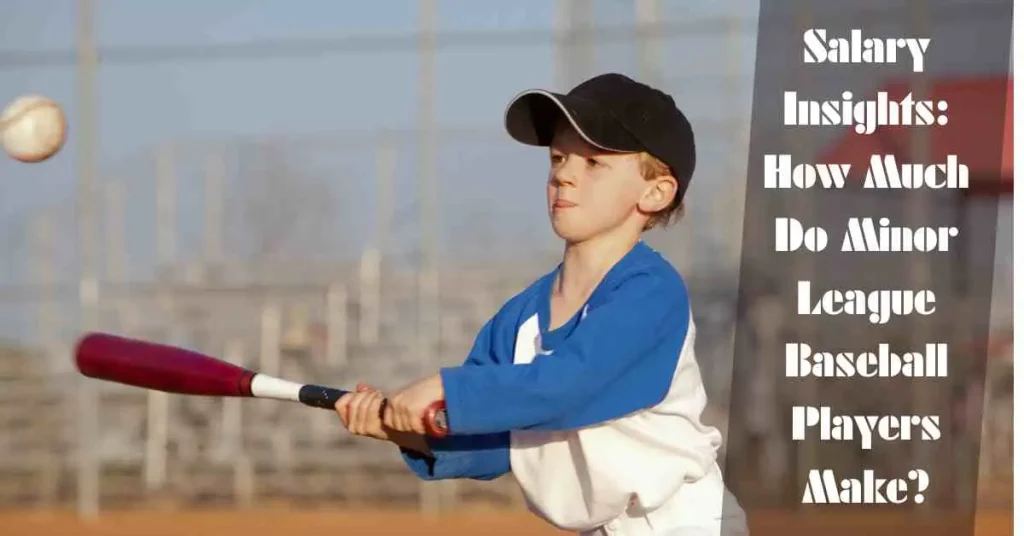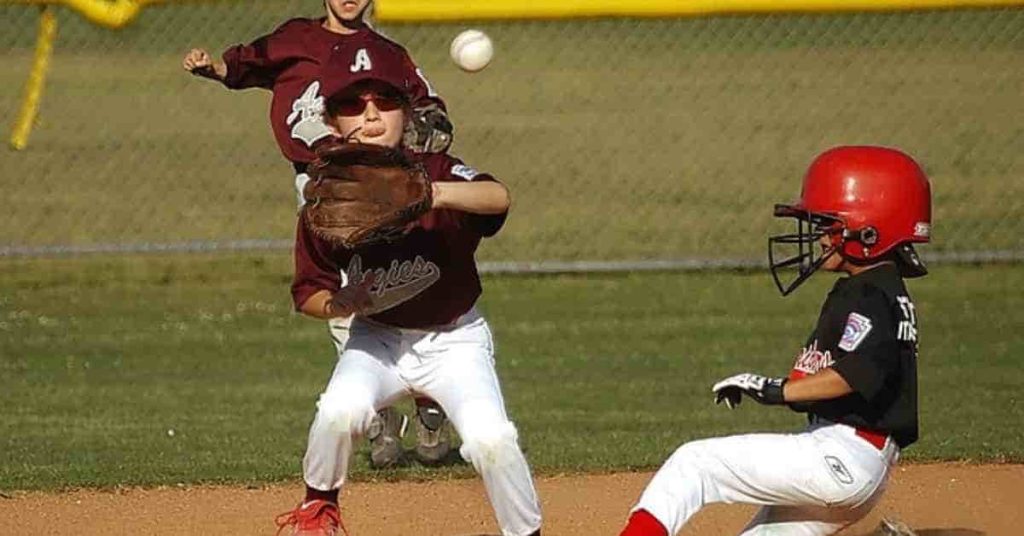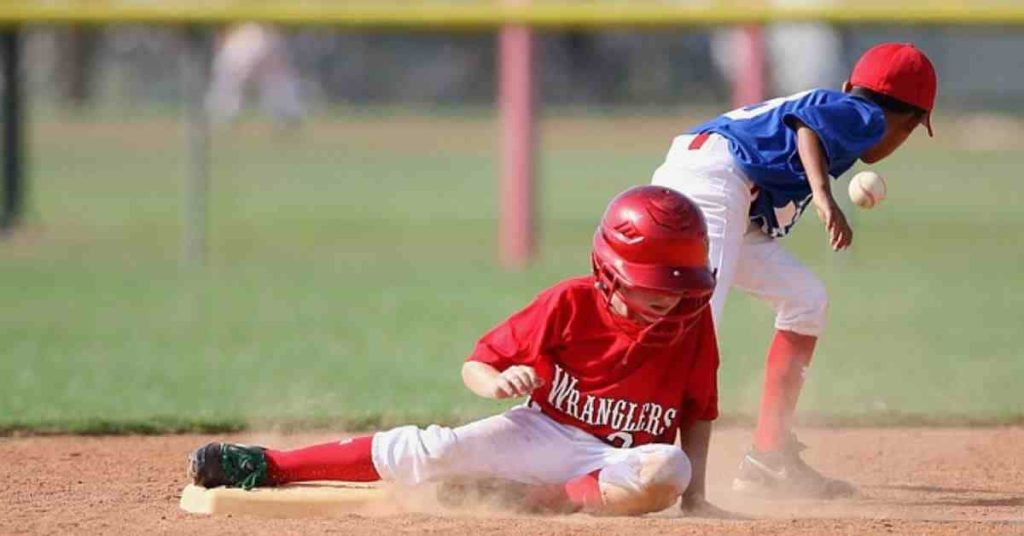
Minor league baseball is the first rung in the ladder that leads to the big leagues. Although minor league baseball may sound like a dream job, the cold, hard truth is far removed from the seven-figure salaries major league players (MLB) receive. So, how much do minor league baseball players make, and what can impact their earnings? In this post, we aim to dissect the salary system of minor league baseball, look at how much players at different levels are making on average, and answer frequently asked questions about minor league pay.
The Economics of Minor League Baseball
The minor leagues are an essential part of the professional baseball system. These leagues are a proving ground for players hoping to reach the ranks of MLB. While these players belong to professional baseball organizations, they may not receive the same financial compensation as their counterparts in the major leagues. Instead, minor league salaries are dwarfed by those figures, with many players not earning enough to get by.
How Much Money Do Minor League Baseball Players Make?
The minor league baseball salary may not be what you expect from a professional sport. In reality, many minor league players make something closer to minimum wage rather than the million-dollar contracts signed by MLB stars. How much does a player make?

Pay Structure For Different League Levels:
Minor league baseball is a multi-tiered system that includes players’ salaries at each level. Players are assigned to a level based on their skill and experience, and where they are progressing in their organization. These levels are Triple-A, Double-A, Single-A, and Rookie ball.
Triple-A Baseball Salary:
Minor league Triple-A players are typically the highest paid among all minor league players. It is just modest for an MLB salary, even at that level. How much does Triple A baseball players make? Minor leaguers at Triple-A usually earn $2,150 to $2,400 a month during the regular season, with perhaps a slight raise for players placed on the 40-man roster or called up to the majors.
Double-A and Single-A Salaries:
Players in these leagues make a fraction as much. Minor League Baseball salary average for Single-A and Double-A is pretty modest, from $1,100 to $1,500 a month. At this level, most players have some form of supplemental income, whether a signing bonus or off-season work somewhere.
Rookie Leagues:
There is one level of baseball lower than A ball, and the rookie leagues feature players making less than a nominal salary. Their monthly wages, in many cases, are just $1,000. That is far short of a living wage, and many rookie stars earn extra cash caddying or receive housing stipends from their teams.
Salary of Major League Baseball Player vs. Minor Leaguers
However, the difference between Major League Baseball salaries and Minor League Baseball players salary is significant. MLB players make millions of dollars a year in salary. Remembrance. While that’s the case, most minor league players don’t even make the minimum wage. The MLB salary per team is enough to pay the team’s players tens of millions per season. At the other end of the scale are minor league salaries, which are frequently so low that players must work a second job in the off-season or have trouble affording housing and food during the season.
So, the standard of living is far less than the national average earnings for most jobs, such as average salary of minor league baseball players, whose pay is much less than the national average income for most jobs. Conversely, while MLB salaries are among the highest in professional sports, the highest paid minor league baseball player only receives a tiny percentage of an MLB star’s salary.
How Much Are Minor League Baseball Players Paid?
There is a broad discrepancy between wages at various minor league levels when inquiring about how much are minor league baseball players paid. Players at the highest levels of minor league baseball for example, Triple-A receive more compensation than those in rookie leagues or Single-A. However, the players’ salaries at the Triple-A level are still not enough to live comfortably. Many players in Triple-A baseball or lower levels earn far less than most people would expect of professional athletes.
It should also be noted that minor league baseball players only play for a fraction of the year. In ideal cases, their contracts are only for the playing season, from April to September, so they leave their job for months during the off-season.
Independent Baseball League Salaries:
Some players will continue to play in independent baseball leagues that are not directly associated with MLB organizations. These leagues offer players slightly better pay than some lower minor league levels, but significantly less about $2,000 to $3,000 per month than the younger prospects at the top levels of Class A or the Arizona Fall League, among other destinations. However, the pay for those leagues is still low compared to MLB rates.
Independent baseball league players might make between $500 and $2,000 per month, depending on the league and the player’s history. Pay is higher in these leagues than in rookie-level minor leagues, where many players earn wages that can make it difficult to support themselves and are forced to take additional jobs to pay the bills.
The Reality of Minor League Baseball Salaries:
The minimum baseball salary for minor league players is paltry. Players at the highest levels, even at Triple-A, typically receive relatively little money, which often fails to cover basic living expenses. They frequently must scrimp to get by. A few teams offer housing, meals, or stipends, but for many players, it’s a hard life.
Also, the average minor league baseball salary is often tied to long-term contracts and how they are usually called up or sent down from a major league roster. Players who are promoted to the Major Leagues can see a big jump in pay, but others stay in the minors and are in limbo for years. Even the Minor League Baseball salary average varies widely according to league, team, and individual performance.
The Struggles of Minor League Baseball Players:
With low pay, it’s no wonder many minor league baseball players struggle to make ends meet. The lowest paid baseball player may well be a first-year rookie or player at the Single-A level (one pay grade above an unpaid intern). Remember, players are not compensated during spring training or their time in the minor leagues, where salaries can be as low as $1,100 a month. And even as they were playing a game they enjoyed and adored, the financial pressure to work their way up the ranks of professional baseball could be crushing.
Many minor leaguers have lived in shared apartments or in host homes provided by teams to keep overhead costs low. Some of the players also pick up part-time work outside the season to get by. This is what makes for a living in the minor leagues, not just hardship, but emotional hardship, of hopes and dreams living together with hardship.

Conclusion:
Minor league baseball players are in a tough financial situation, given that minor league baseball player salaries sometimes do not match what it takes to succeed at that level of play, so they are going to need another way to make money. Players at the upper levels, such as Triple-A, receive more, but the overall pay throughout the minor leagues is still comparatively low. Whether it’s the fact that minor league baseball players are grossly underpaid or the financial struggles of even making a living off of such a meager salary, it’s obvious that these athletes are bound to suffer financial hardship if they hope to play in MLB.
FAQ’S:
What is the average minor league baseball salary?
Baseball minimum wage varies by league. The average minor league baseball player salary depends on the level of status of the league, but it usually falls between $1,100 to $2,400 per month. Just like in the minors, higher levels tend to pay more than the ones below them.
How much do Minor League umpires get paid?
The stabling, feeding, transporting, and hiring of minor league umpires costs an average of $1,800 to $3,000 a month, depending on experience and the level of play they are calling.
Who is the highest paid Player in Minor League Baseball?
The highest-paid minor league baseball player is typically one who is knocking on the door to a call-up in the bigs. But the top-paid minor leaguers don’t come close to earning as much as MLB players.
How much do you make in independent baseball leagues?
Independent league salaries, on average, can vary starting from at least $500 to $2,000 per month, depending on the league and the player’s experience level.
How much does a rookie minor league baseball player make?
Entry-level minor leaguers who haven’t played in a big league game will make as little as $1,000 a month, an amount that hardly registers as a living wage.
How much do baseball players make on minimum wage?
The baseball minimum wage for players, particularly those at the rookie level, is very low. This can be anything lower than, say, $1,000 per month, much less than the minimum wage most basic American jobs pay in the U.S.
What is higher than Class A in baseball?
The Triple-A is one of the highest level of minor league baseball, and players are the most talented and skilled before being called up to the major leagues.
